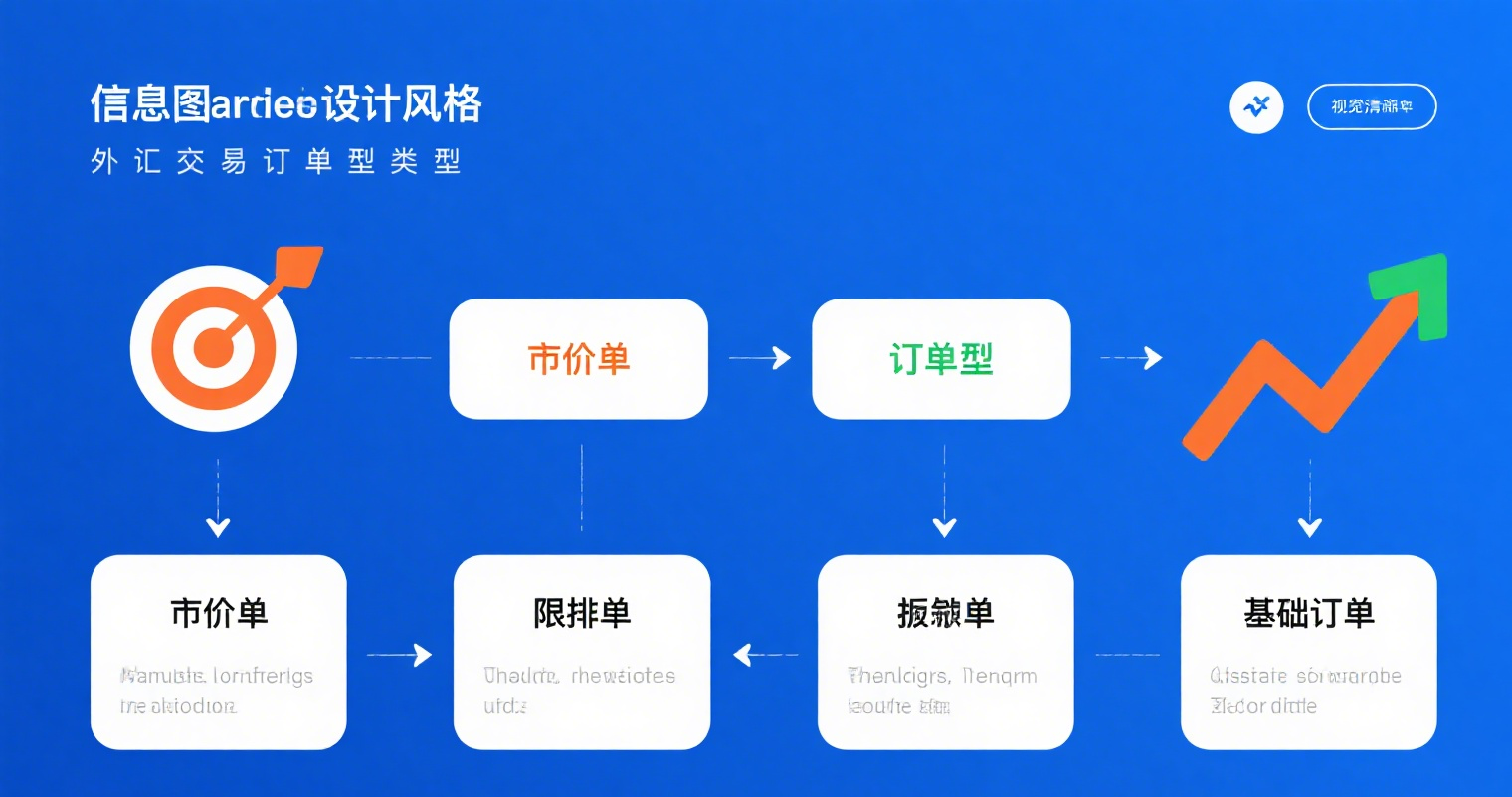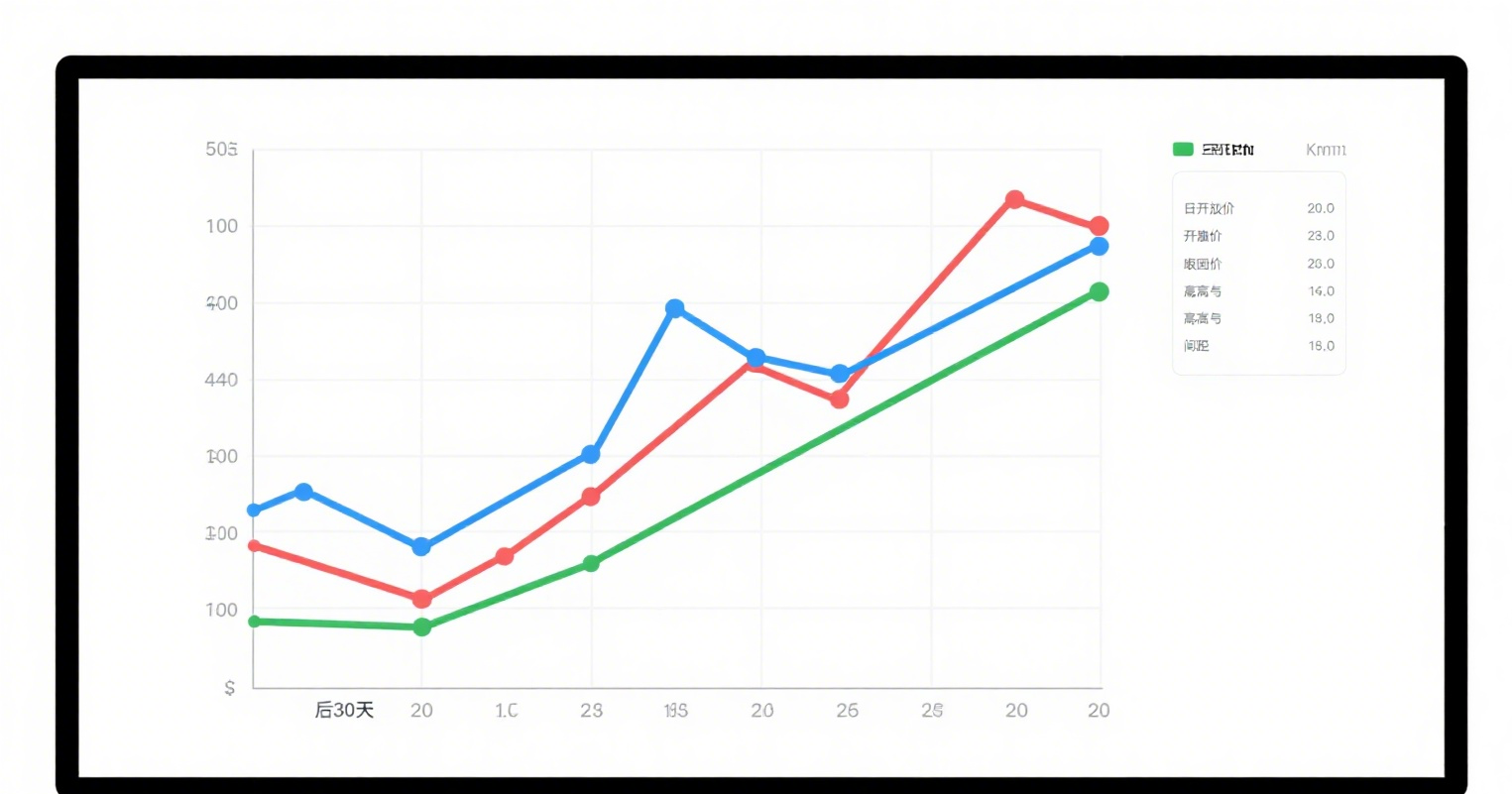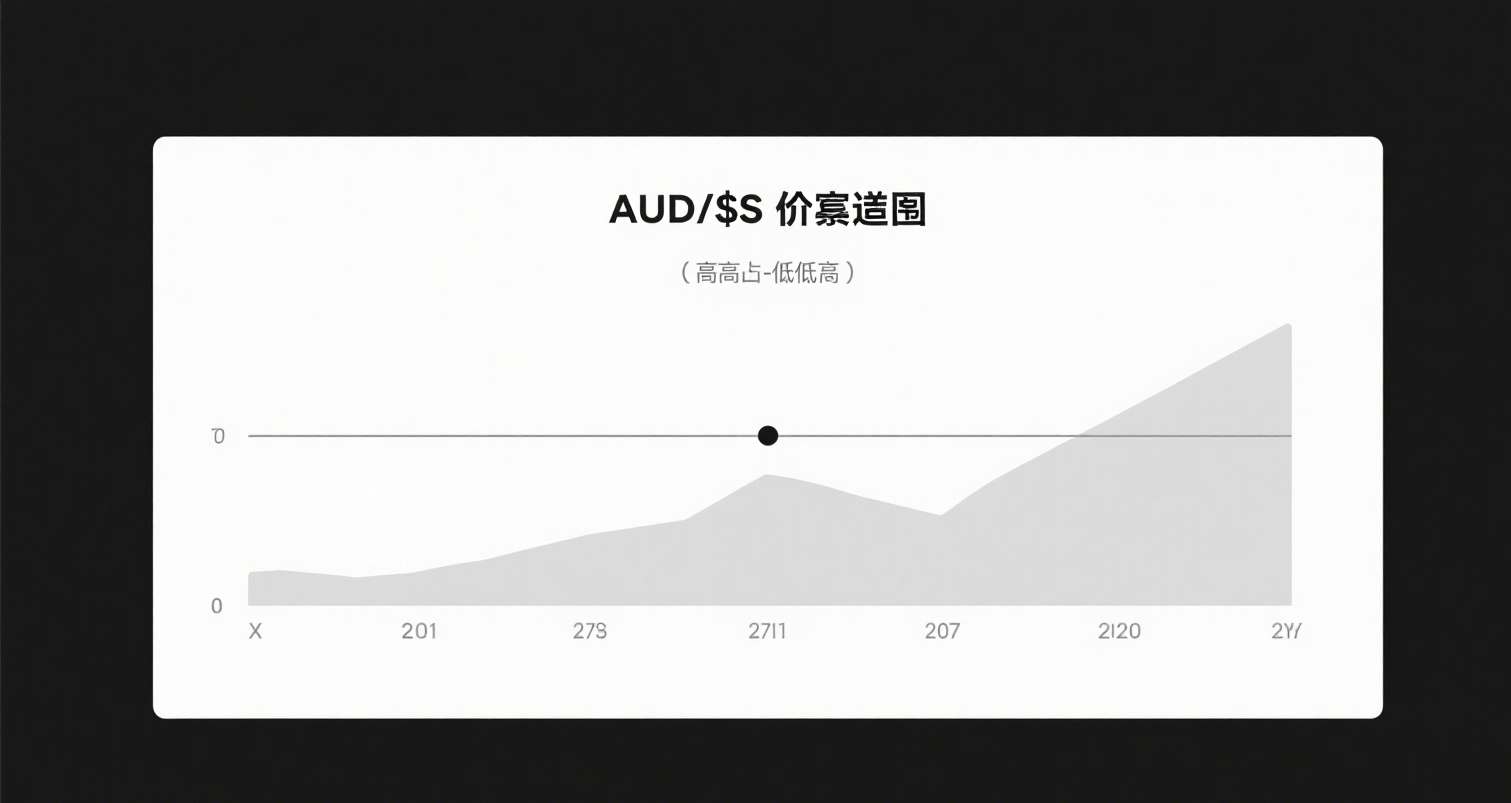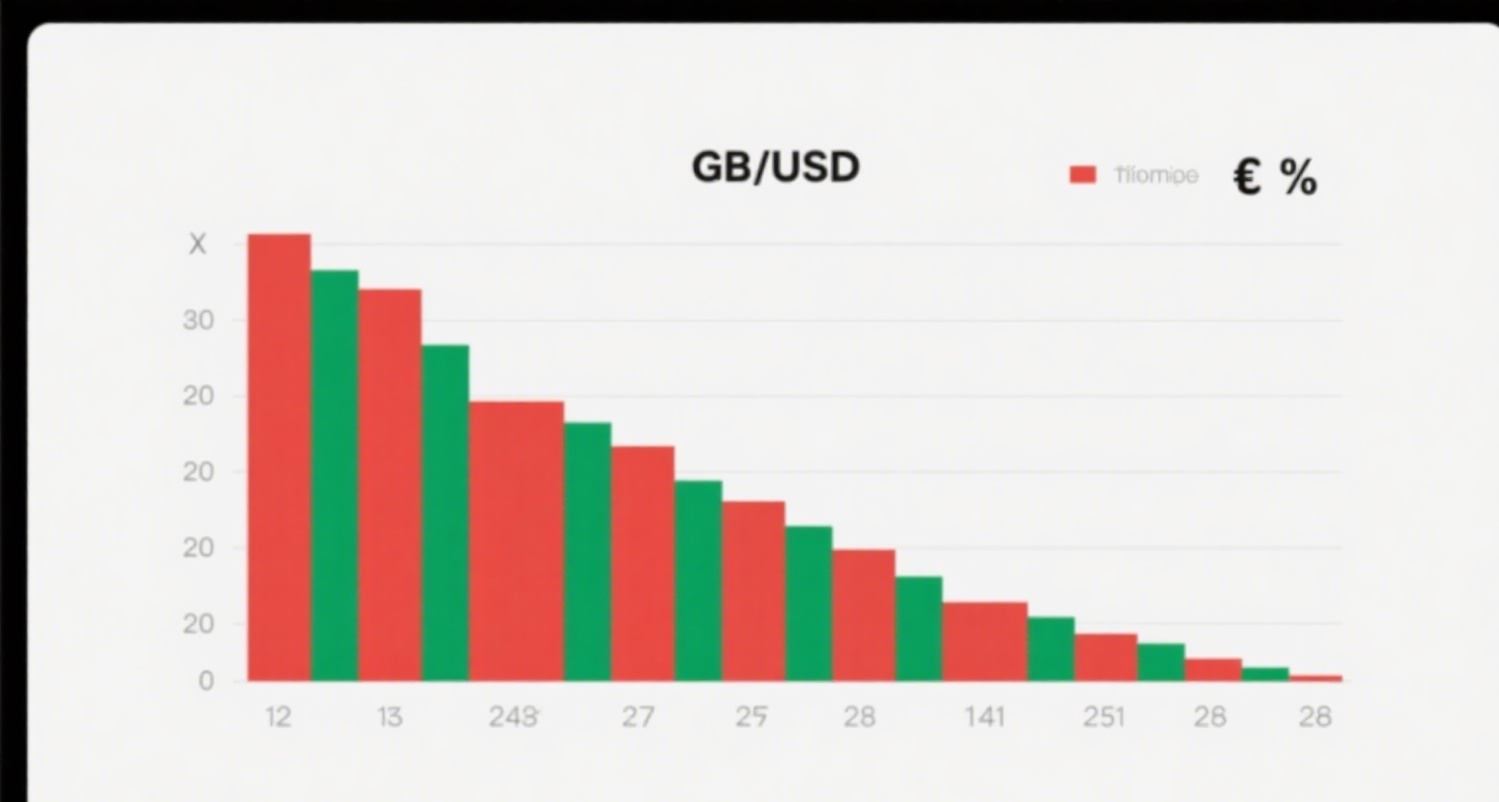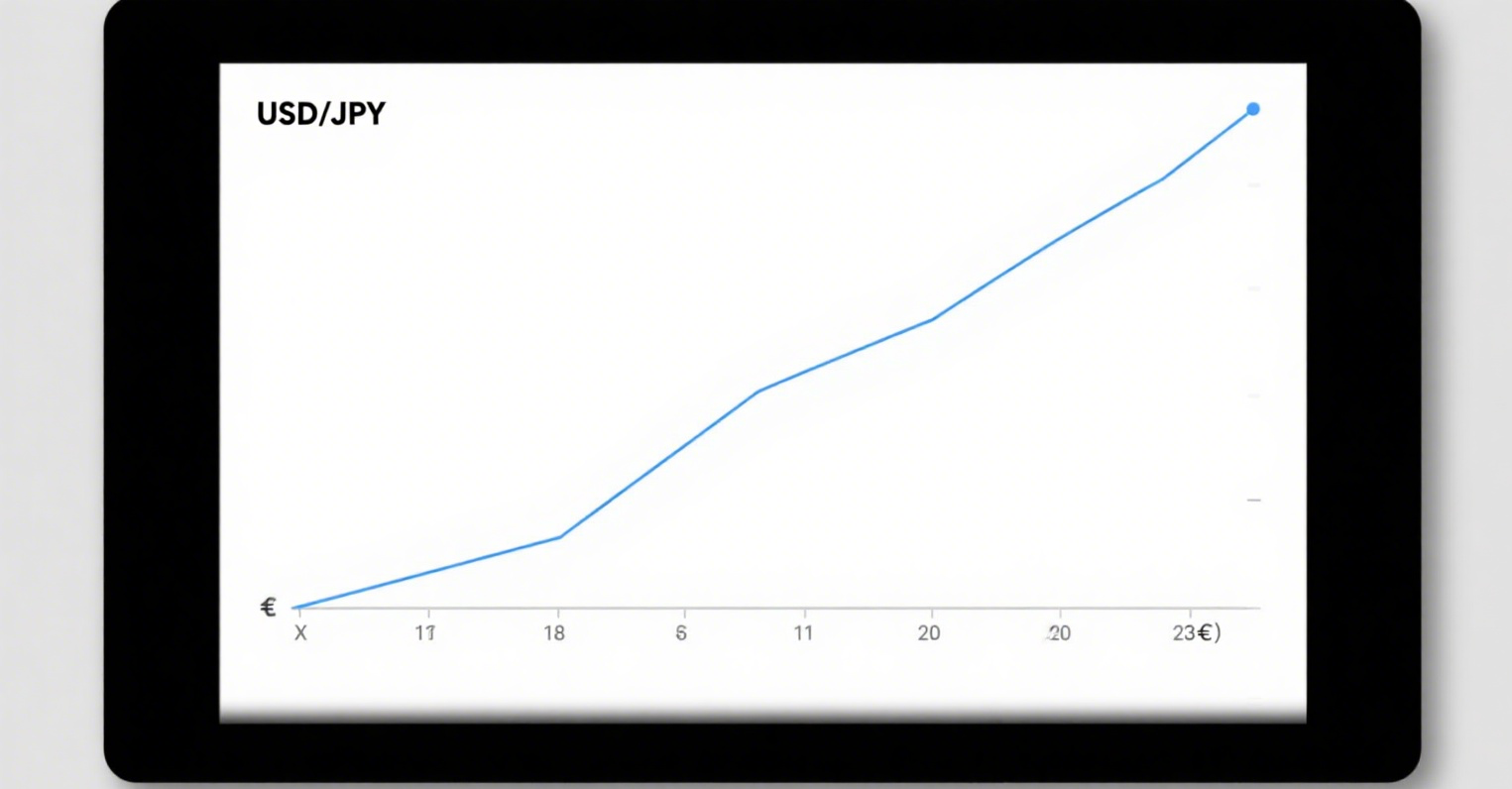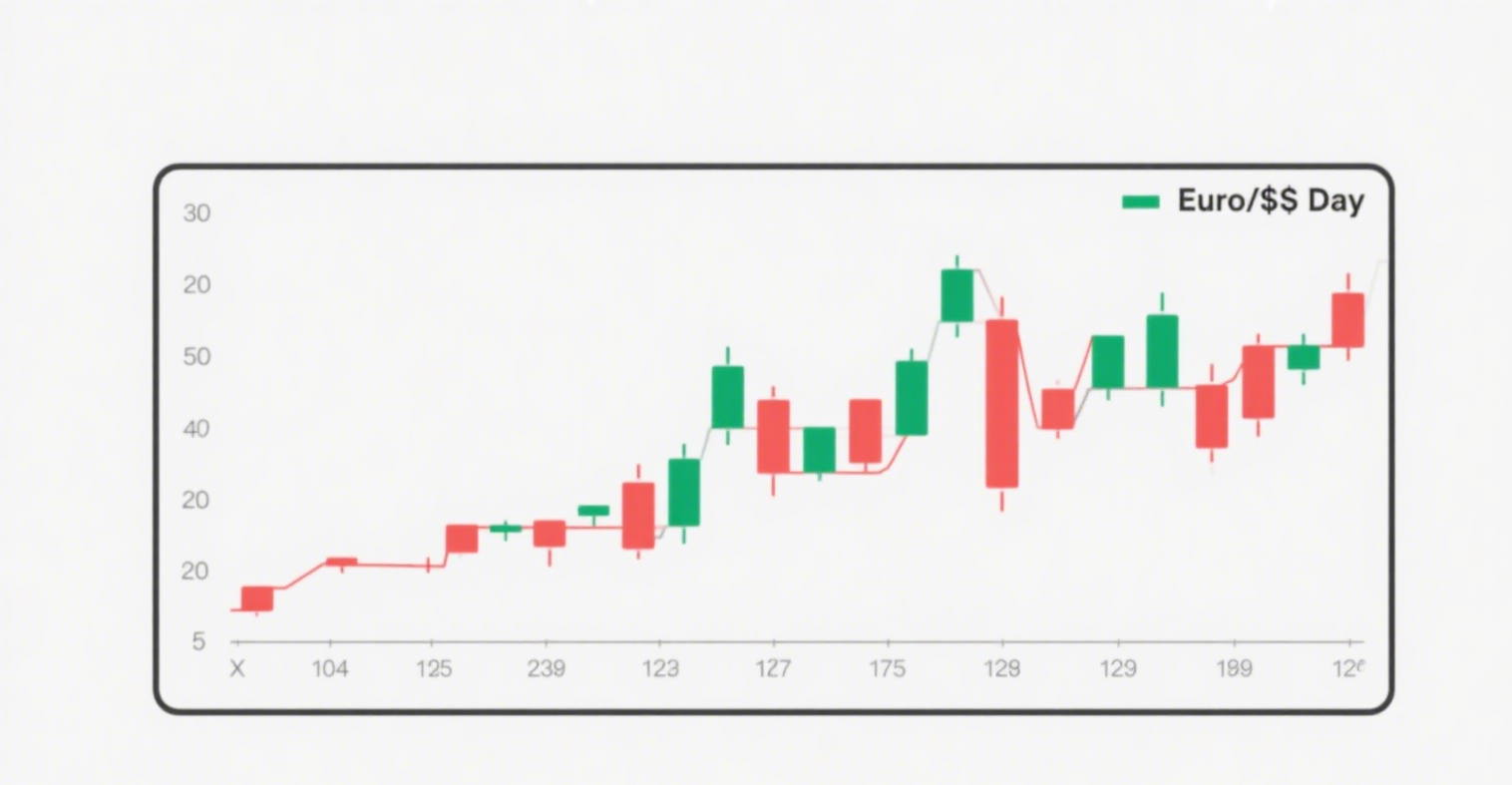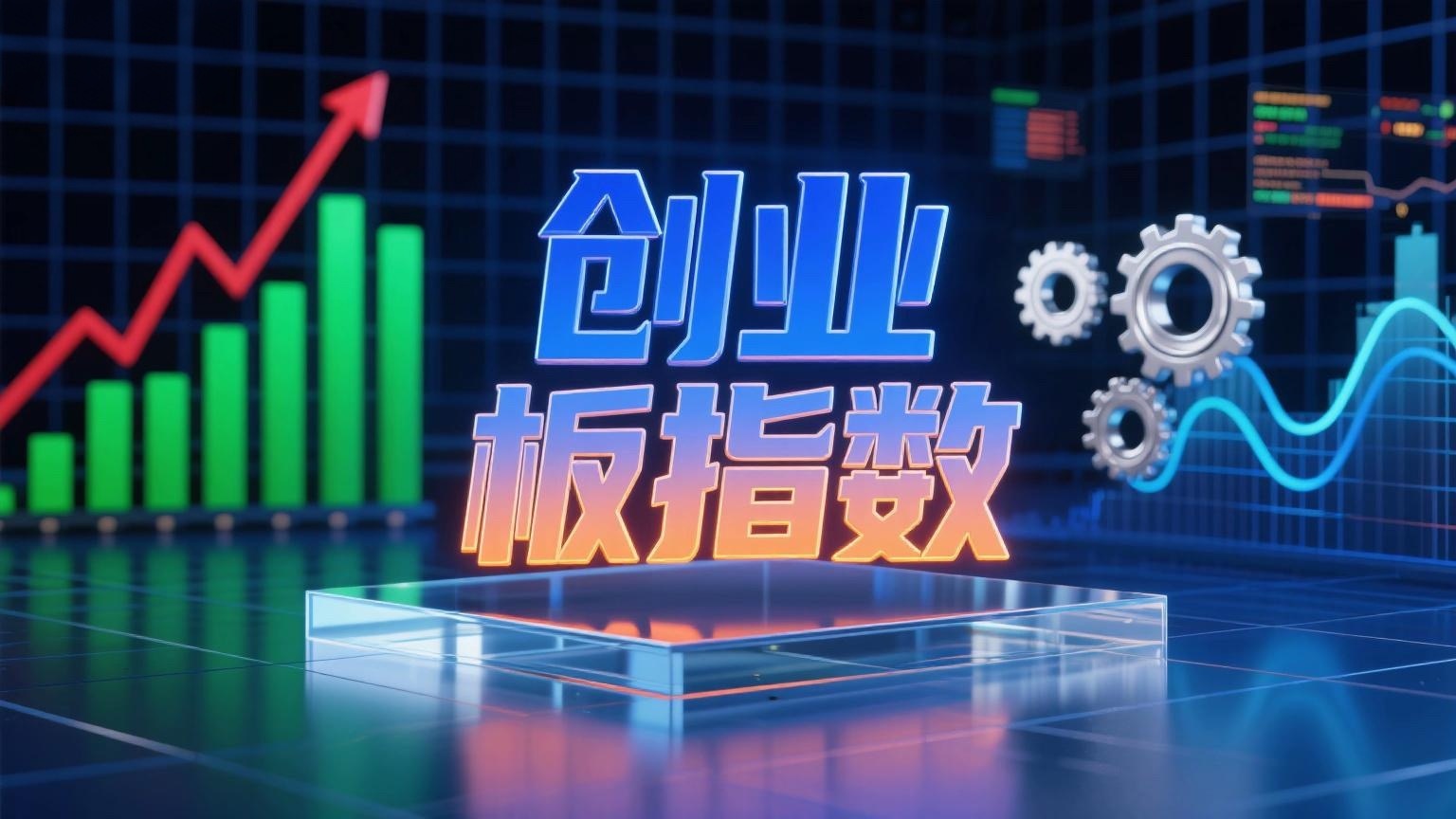
ChiNext primarily serves innovative and entrepreneurial growth enterprises, emphasizing "superior innovation and high growth." It has become a hub for strategic emerging industries, covering high-tech enterprises with outstanding innovation capabilities in key areas such as advanced manufacturing, digital economy, and green low-carbon development.
So, what are the differences and characteristics among the ChiNext Index, ChiNext MidCap 200 Index, and ChiNext Growth Index, all of which belong to the ChiNext index system? This article will provide a detailed analysis.
Differences in Index Positioning
The ChiNext Index focuses on large-cap stocks within ChiNext. During stock selection, after excluding the bottom 10% in trading volume, the top 100 stocks by total market capitalization are selected as index constituents.
The ChiNext MidCap 200 Index, on the other hand, targets medium-cap stocks in ChiNext. During selection, it excludes the bottom 10% in trading volume, constituents of the ChiNext Index, and the top 70 stocks by total market capitalization. It then selects the top 200 stocks by market capitalization to form the index sample.
Thus, the ChiNext Index and the ChiNext MidCap 200 Index exhibit clear stratification in market capitalization, offering complementary features.
Unlike the first two indices, which are size-based, the ChiNext Growth Index is a style strategy index focusing on stocks with prominent growth characteristics within ChiNext.
During selection, the ChiNext Growth Index adheres to ChiNext’s "Three Innovations and Four New" positioning, excluding industries on the negative list and stocks in the bottom 30% in average daily trading volume. It then calculates a composite score based on four growth factors across two dimensions—earnings growth and expected profitability—to select 50 stocks with strong growth characteristics, high earnings growth, favorable profit expectations, and good liquidity.
Market Capitalization Stratification
In terms of market capitalization distribution, the ChiNext Index leans toward large- and mid-cap styles, while the ChiNext MidCap 200 Index highlights small- and mid-cap characteristics.
Industry Distribution Comparison
ChiNext supports strategic emerging industries and high-tech enterprises, which explains why these three ChiNext indices share common traits: high exposure to emerging industries and a strong emphasis on growth and innovation, particularly in advanced manufacturing, digital economy, and green low-carbon sectors.
Overall, the ChiNext Index has the most concentrated industry distribution, with the power equipment sector (dominated by new energy) accounting for over 30%, followed by biomedical at 18%. Influenced by the earnings growth and expectations of ChiNext’s heavyweight industries, the ChiNext Growth Index’s sector composition resembles that of the ChiNext Index, with power equipment (25%) and biomedical (22%) as its top two sectors.
In contrast, the ChiNext MidCap 200 Index has the most balanced industry distribution among the three, covering the most sectors. The top three sectors—computers, electronics, and biomedical—have relatively similar weights, collectively accounting for over half of the index.
Specifically, compared to the ChiNext Index, the ChiNext MidCap 200 Index includes seven additional sectors: automobiles, construction and decoration, retail, household appliances, utilities, building materials, and petroleum and petrochemicals. Meanwhile, the ChiNext Growth Index excludes three sectors covered by the ChiNext Index: environmental protection, textiles and apparel, and non-ferrous metals.
Key Index Constituents
Further examining the constituent stocks, due to differences in compilation methodologies, there is no overlap between the ChiNext Index and the ChiNext MidCap 200 Index. Among the 50 constituents of the ChiNext Growth Index, 44 overlap with the ChiNext Index, and 5 overlap with the ChiNext MidCap 200 Index.
Additionally, the ChiNext Index and the ChiNext Growth Index have higher stock concentration, with individual constituents exceeding 10% weight and the top 10 constituents collectively accounting for over half of the index. In contrast, the ChiNext MidCap 200 Index, which has the most constituents, exhibits more dispersed stock weights, with no single stock exceeding 2%.
ChiNext’s strong growth and innovation characteristics also give these three indices high earnings growth potential.
In summary, these three ChiNext indices differ yet complement one another. Investors can rationally assess their options based on their investment goals, time horizon, experience, and financial situation, fully considering their risk tolerance and understanding the indices’ features and valuation levels before choosing to invest in one or more of them.










